Chuwoojae House (추우재)
15.3Km 2024-08-05
20-1 , Gaesil 2-gil, Goryeong-gun, Gyeongsangbuk-do
+82-54-956-4022, +82-10-3207-4022
Chuwoojae is a hanok stay in the middle of Gaesil Village, Gyeongsangbuk-do - hometown of the descendants of Joseon scholar Kim Jong-jik. There are two buildings in the hanok - a main building and a sarangchae (men’s room) - which can be booked separately; both are equipped with toilet, bathroom and kitchen facilities. The main building contains a traditional ondol furnace room which residents can see at work. There is a parking space not far from the accommodation.
Gaesil Village (개실마을)
15.5Km 2021-04-09
29, Gaesil 1-gil, Goryeong-gun, Gyeongsangbuk-do
+82-54-956-4022
Gaesil Village has preserved the traditional living-style of the past with mud walls along the streets, community well, hanok and more. Convenient facilities such as a water and sewage system, senior citizen center, and the village hall as well as internet café and walking trail make living in the village more pleasant. The village fields grow all sorts of produce such as mushrooms, chives, cucumbers, and more. Visitors to the village can experience traditional culture as well as food and activities through one of the many cultural programs offered throughout the village.
Yeonpung Gotaek (연풍고택(문충고가))
15.5Km 2024-08-01
44 , Gaesil 1-gil, Goryeong-gun, Gyeongsangbuk-do
+82-54-956-4022, +82-10-3207-4022
Yeonpung Old House is a 150-year-old house in Gaesil Village, Goryeong, Gyeongsangbuk-do - hometown of the descendants of Joseon scholar Kim Jong-jik. Behind the house stands a bamboo forest, making the air fresh and clean. There are four guestrooms, two of which - Juksil and Maesil (‘Bamboo’ and ‘Plum’) - are larger and suitable for groups. The kitchen is in a separate building, and has a large yard with barbecue facilities, which is also used for village feasts. In the village, visitors can experience the atmosphere of the old countryside, sampling traditional farming and craft skills plus traditional pastimes and food.
Lang Studio (랑 스튜디오)
15.5Km 2024-08-01
37 , Gaesil 1-gil, Goryeong-gun, Gyeongsangbuk-do
+82-54-956-4022, +82-10-3207-4022
Rang Studio is a white-painted hanok guesthouse in Gaesil Village, Goryeong, Gyeongsangbuk-do - hometown of the descendants of Joseon scholar Kim Jong-jik. The guestroom is equipped with a bathroom plus a kitchen with cooking utensils provided. Therfe is an outdoor barbecue, but visitors should bring their own charcoal. In the village, visitors can experience the atmosphere of the old countryside, sampling traditional farming and craft skills plus traditional pastimes and food.
Deokdongdaek House (덕동댁)
15.5Km 2024-08-01
39 , Gaesil 2-gil, Goryeong-gun, Gyeongsangbuk-do
+82-54-956-4022, +82-10-3207-4022
Deokdong House is an elegant hanok standing in Gaesil Village, Gyeongsangbuk-do - hometown of the descendants of Joseon scholar Kim Jong-jik. The hanok’s large wooden gate opens onto a grassy courtyard. There are two guestrooms: Maeshil and Jukshil (‘Plum’ and ‘Bamboo’), the latter of which has cooking facilities and also an outdoor barbecue. In the village, visitors can experience traditional farming (planting rice and digging sweet potatoes) and traditional craft skills such as kite making and straw weaving; as well as making taffy and sweet rice cake, catching mudfish and ice sledding.
Hadongdaek House (하동댁)
15.5Km 2024-08-01
45 , Gaesil 2-gil, Goryeong-gun, Gyeongsangbuk-do
+82-54-956-4022, +82-10-3207-4022
Gaesil Village in Goryeong-gun, Gyeongsangbuk-do, is the hometown of descendants of Joseon politician Kim Jongjik, and offers visitors old-time village experiences such as hanok stay, farming, and traditional etiquette and games - all overseen by the Gaesil Village Farming Association. Hadong House is a cozy hanok guesthouse with a well-maintained garden, offering two rooms: Maeshil (‘Plum’) has its own inside kitchen and toilet, while Jukshil (‘Bamboo’) has an outside kitchen and shared toilet.
Seokjeongdaek House (석정댁)
15.5Km 2024-08-01
6 , Gaesil 2-gil, Goryeong-gun, Gyeongsangbuk-do
+82-54-956-4022, +82-10-3207-4022
Seokjeongdaek is a hanok guest house in Gaesil Village, Goryeong, Gyeongsangbuk-do - hometown of the descendants of Joseon scholar Kim Jong-jik. It consists of two guestrooms plus one living room and kitchen, making it ideal for families and groups. The rooms have air conditioning and cooking facilities, and outdoor barbecues are also available. In the village, visitors can experience the atmosphere of the old countryside, sampling traditional farming and craft skills plus traditional pastimes and food.
Ungidaek House (인심좋은웅기댁)
15.5Km 2024-08-01
32 , Gaesil 1-gil, Goryeong-gun, Gyeongsangbuk-do
+82-54-956-4022, +82-10-3207-4022
Generous Unggi House is a clay-walled hanok guest house in Gaesil Village, Gyeongsangbuk-do - hometown of the descendants of Joseon scholar Kim Jong-jik. Guest rooms have toilets and cooking facilities. Behind the house rises Hwagae Mountain, Jeomubong Peak and a 350-year-old bamboo forest. Visitors can experience traditional farming (planting rice and digging sweet potatoes) and traditional craft skills such as kite making and straw weaving; as well as making taffy and sweet rice cake, catching mudfish and ice sledding.
The House of Soccer kkumnamu (Future Soccer Player) (축구꿈나무집)
15.5Km 2024-08-05
35 , Gaesil 1-gil, Goryeong-gun, Gyeongsangbuk-do
+82-54-956-4022, +82-10-3207-4022
Dreams of Football Timberhouse is a hanok guest house in Gaesil Village, Gyeongsangbuk-do - hometown of the descendants of Joseon scholar Kim Jong-jik. The guesthouse has 2/3 rooms and a lawn; and one of the rooms has barbecue facilities outside. In the village, visitors can experience traditional farming (planting rice and digging sweet potatoes) and traditional craft skills such as kite making and straw weaving; as well as making taffy and sweet rice cake, catching mudfish and ice sledding.
Seongju Traditional Market (성주 전통시장)
16.0Km 2025-10-23
37 Sijang-gil, Seongju-gun, Gyeongsangbuk-do
Seongju Traditional Market is open for business on five-day intervals—every 5 days starting from the 2nd of each month—centered on local specialties, especially Chamoe (Korean melon). Naturally emerged in the 1800s, it was formally established in 1887 and thrived during the 1960s. Today, it is recognized as one of the oldest markets in the region. Open from early morning until sunset, it offers seasonal wild greens such as Dureup (fatsia shoot) and Chwinamul (aster leaf), the famously sweet Seongju Korean melon, and other local produce at fair prices.
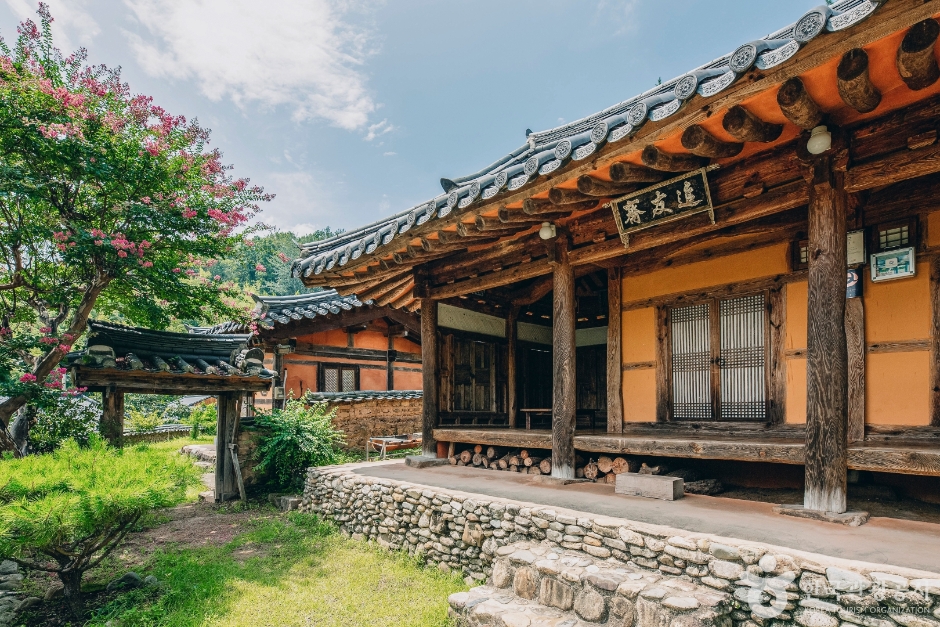
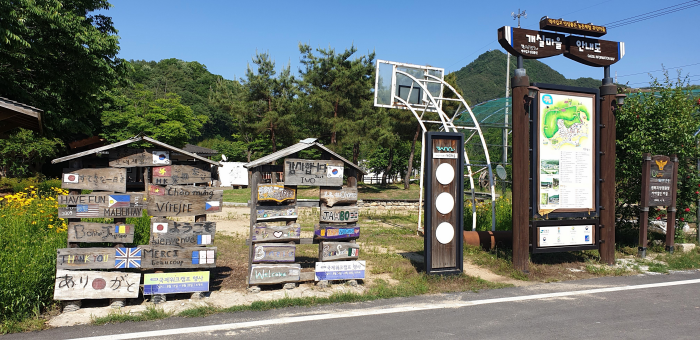
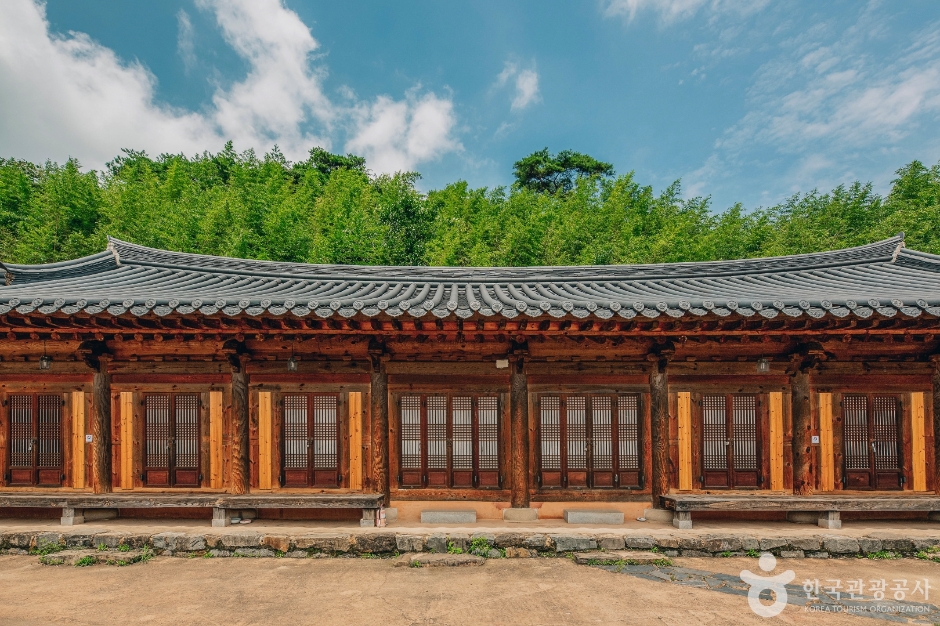
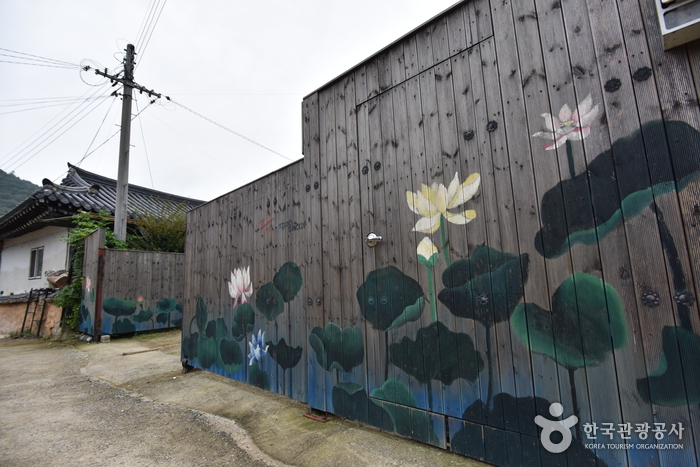
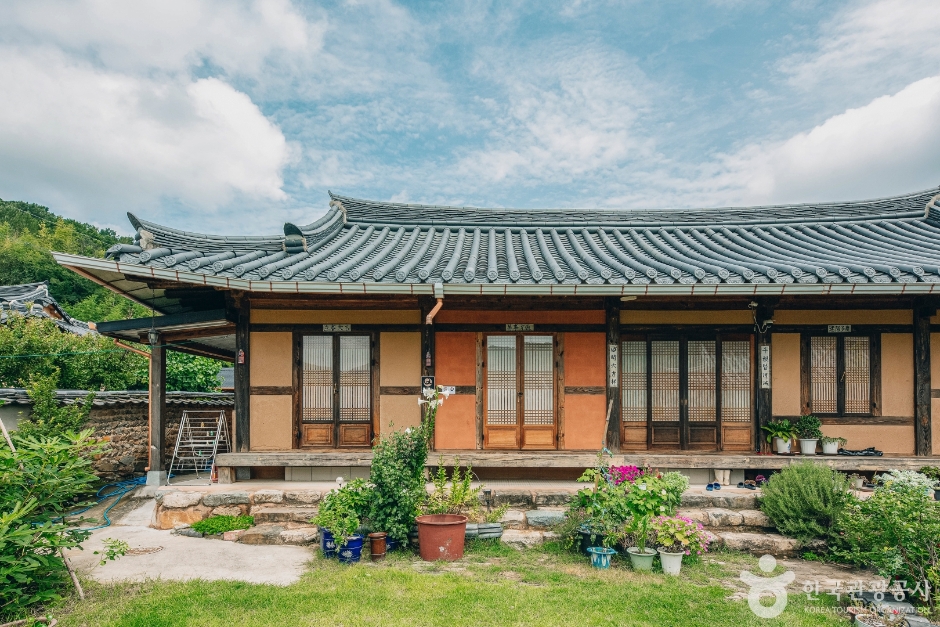
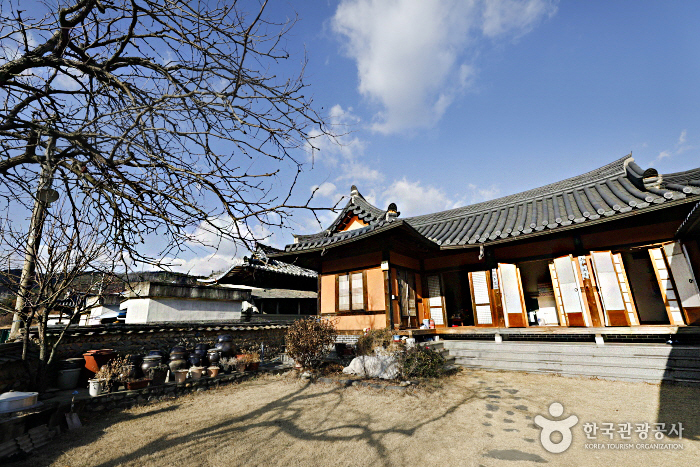
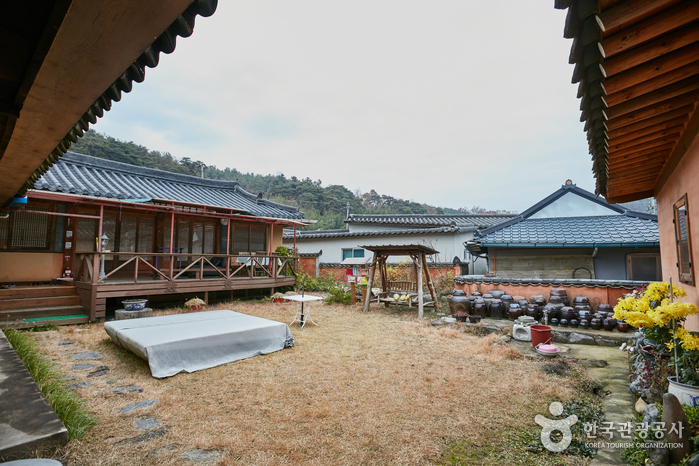
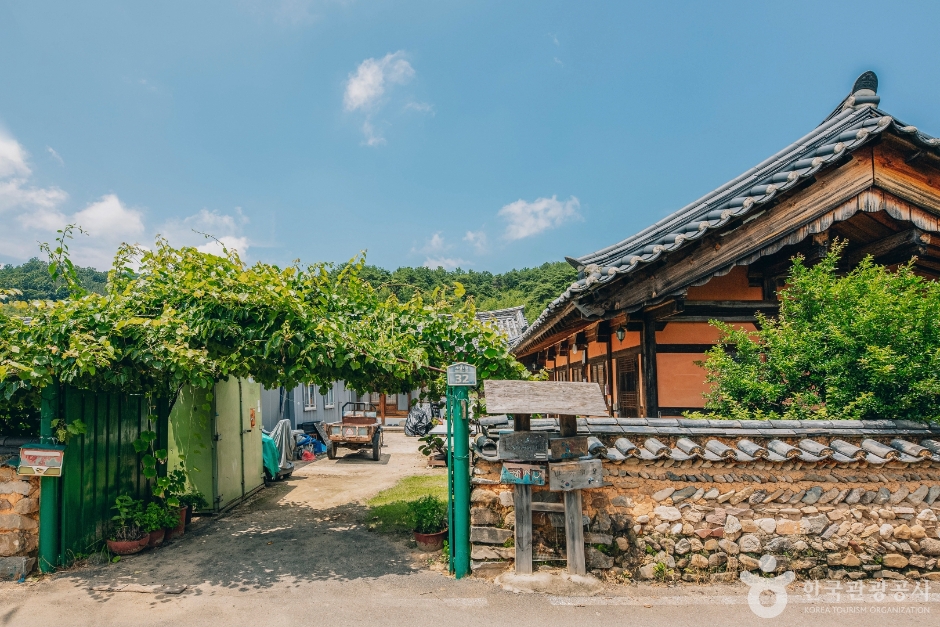
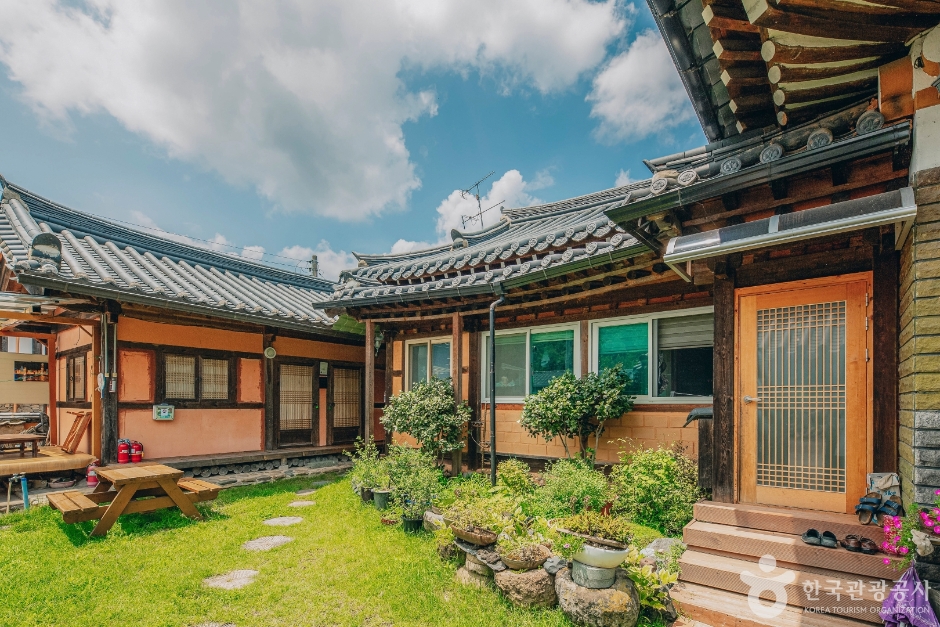
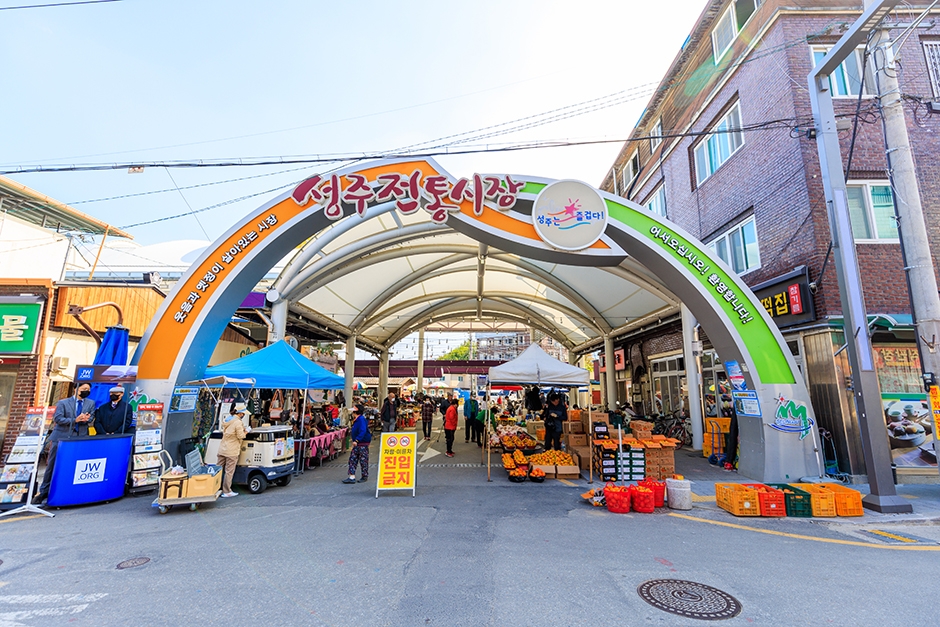
 English
English
 한국어
한국어 日本語
日本語 中文(简体)
中文(简体) Deutsch
Deutsch Français
Français Español
Español Русский
Русский